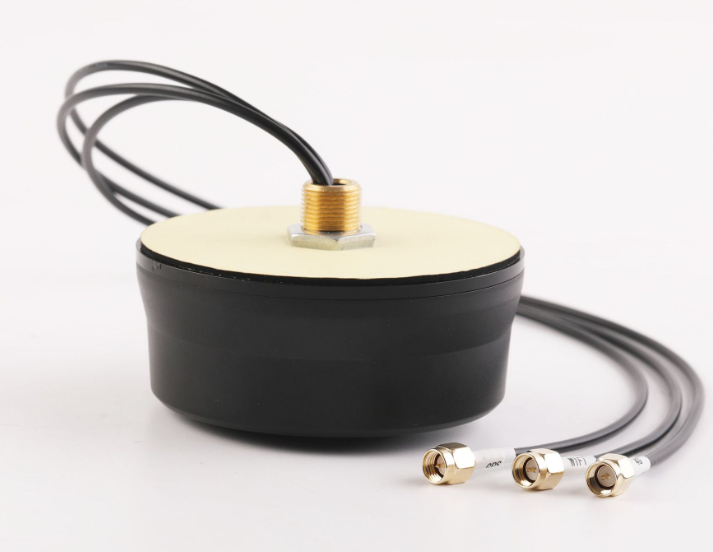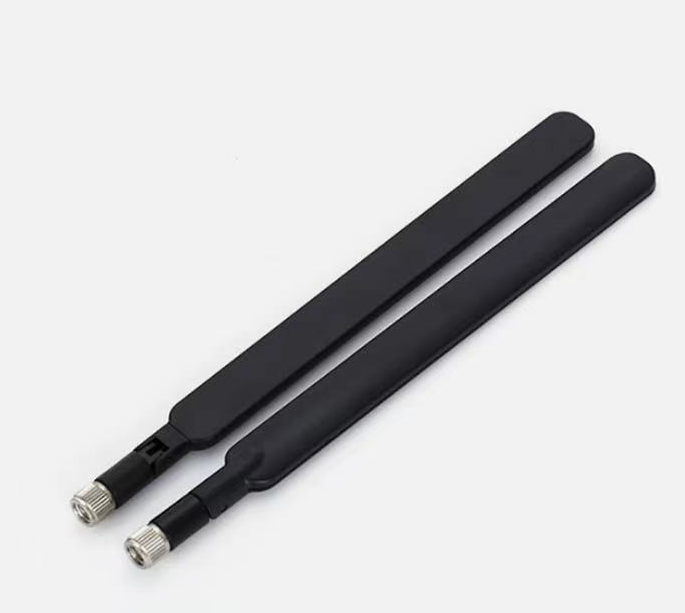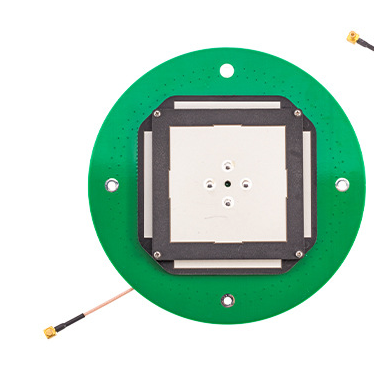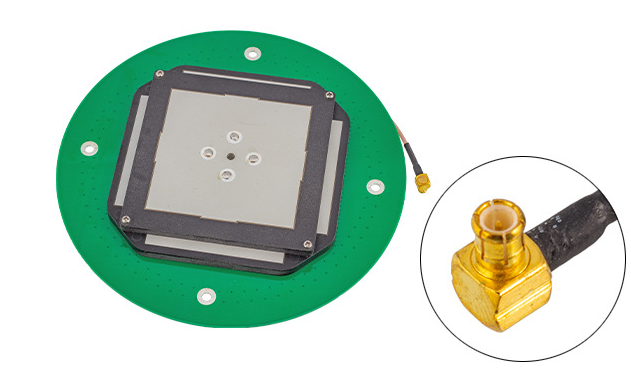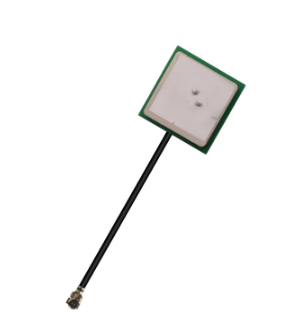Gps Antenna Shell
With the wide application of Global Positioning system (GPS) technology, the performance and reliability of GPS antenna, as the key equipment to receive GPS signals, have been paid more and more attention. As an important part of protecting antenna and affecting its receiving performance, the design and material selection of GPS antenna shell are particularly important. This paper will discuss the design principles and material selection of GPS antenna shell and its influence on the future development of GPS technology.

Design principles of GPS Antenna Shell
1, protection performance: the primary task of the GPS antenna shell is to protect the internal antenna from environmental impact, such as Rain Water, sand and dust, etc., the design should fully consider the waterproof and dust-proof functions to ensure that the antenna can still work normally in the harsh environment.
2. Lightweight: GPS antennas are usually used in mobile devices, such as vehicles, ships, UAVs, etc. The shell design needs to consider lightweight in order to reduce the burden of the overall equipment.
3. Signal transmission efficiency: the design of the GPS antenna shell should minimize the influence on the GPS signal as much as possible, and reduce the signal attenuation and improve the reception sensitivity by optimizing the shape, material and structure of the shell.
4. Durability: the GPS antenna shell needs to have a certain anti-impact and anti-falling ability to cope with the challenges brought by the external environment.
Material selection of GPS Antenna Shell
1. Engineering plastics: engineering plastics have become the common materials of GPS antenna shell because of their advantages such as light weight, waterproof, corrosion resistance and easy processing. Nylon, polycarbonate and other materials have excellent strength and durability.
2. Metal materials: in some application scenarios that require higher protection levels, such as military, aerospace, etc., the metal shell is used because of its excellent protection performance and mechanical strength. The metal shell may interfere with the GPS signal, so the signal transmission efficiency should be fully considered in the design.
3. Composite materials: composite materials combine the advantages of a variety of materials, such as high strength, lightweight, corrosion resistance and so on. Composite shells have been widely used in high-end GPS equipment.
Future Development of GPS Antenna Shell Design
With the rapid development of the Internet of things, autopilot and other technologies, the demand for GPS technology is getting higher and higher. The design of GPS antenna shell will face more challenges and opportunities. GPS antenna shell design may develop in the following directions:
1. Intelligence: with the popularity of intelligent devices, the design of GPS antenna shell will incorporate more intelligent elements. Through the integration of sensors, the real-time monitoring of the shell status can be realized, the possible damage can be warned in advance, and the reliability of the equipment can be improved.
2. Diversification: different application scenarios have different requirements for GPS antenna shell, and the shell design will be more diversified to meet the needs of different fields, such as special GPS antenna shell for specific environment (such as underwater, extreme temperature environment, etc.).
3. Green environmental protection: with the improvement of environmental awareness, the design of GPS antenna shell in the future will pay more attention to the recyclability and environmental protection of materials, and the application of environmentally friendly materials will become the mainstream.
4. Aesthetic design: with the improvement of consumers' requirements for the appearance of equipment, the aesthetic design of GPS antenna shell will be paid more and more attention. Designers will pay attention to the aesthetic design of appearance while meeting the functional requirements, so as to improve the market competitiveness of products.
As a key component to protect GPS antenna and affect its receiving performance, the design and material selection of GPS antenna shell are very important to the application of GPS technology. With the development of technology and the change of market demand, the design of GPS antenna shell will develop in the direction of intelligence, diversification, green environmental protection and aesthetic design. Designers need to comprehensively consider various factors, including protection performance, lightweight, signal transmission efficiency, durability and so on. In order to achieve the best design.
